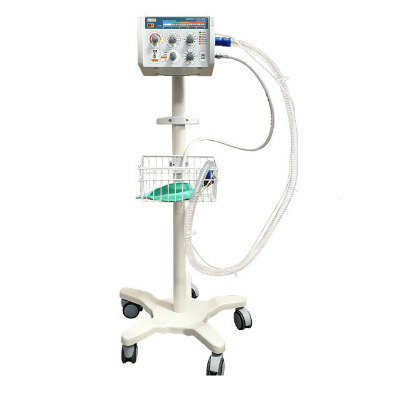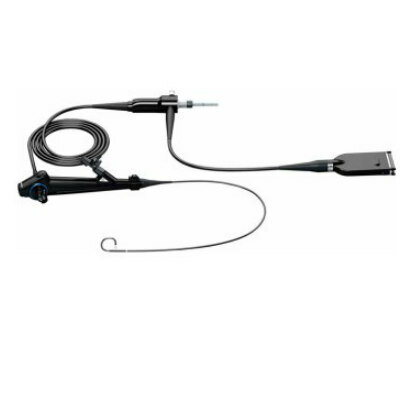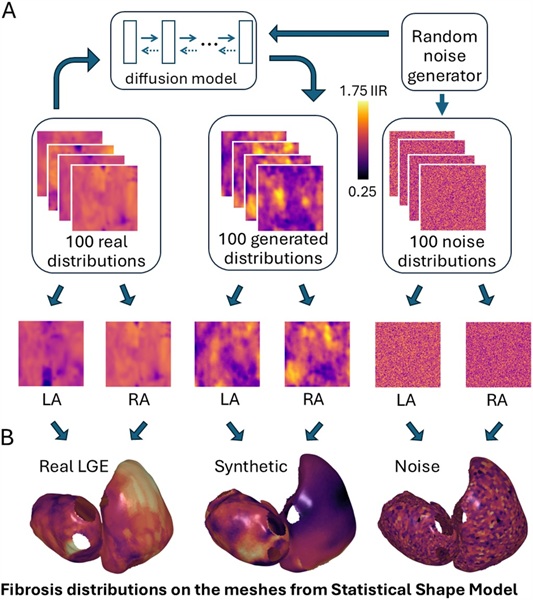Origami-Inspired Stretchable Strain Sensors to Find Application in Wearables and Implantables 
|
By HospiMedica International staff writers Posted on 05 Sep 2023 |
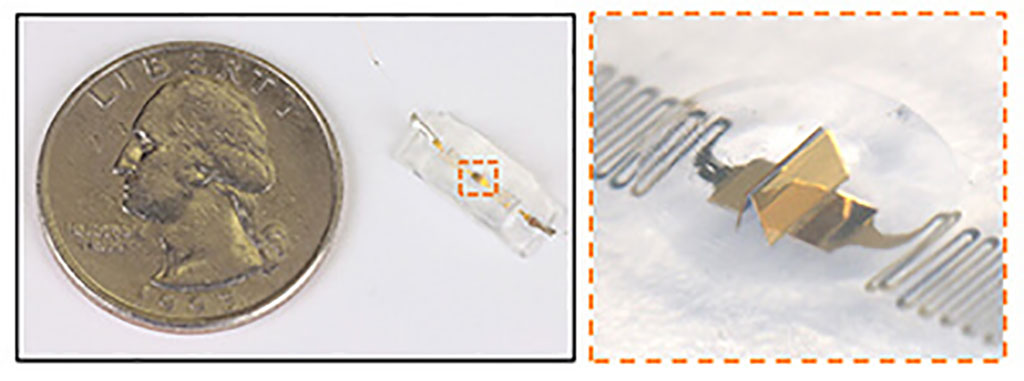
Existing stretchable strain sensors often rely on soft materials like rubber. However, these materials can undergo irreversible changes in their properties with repeated use, leading to unreliable deformation measurements. The challenge is to develop sensors that can stretch significantly, respond rapidly, and provide accurate readings even when dealing with substantial and dynamic deformations. In response, researchers have turned to an origami-inspired solution to create novel sensors that could potentially find applications in detecting organ deformations, wearables, and soft robotics.
Researchers at the University of Southern California (USC, Los Angeles, CA, USA) have introduced a new structure for the sensors after drawing inspiration from origami. Their innovative design allows the folding of more rigid materials with electrodes on both sides of the panel (imagine the sensor as an open book with electrodes on the front and back covers). As the electrodes unfold, they measure the strength of the electrical field between them. The team has developed a model that translates this measurement into a value that captures the extent of the deformation. These sensors can be attached to moving soft structures—ranging from the mechanical tendons of prosthetic limbs to the pulsating tissues of human internal organs—to monitor shape changes and proper function without the need for cameras.
The newly devised sensors can stretch up to three times their original size while maintaining high sensing accuracy even after repeated usage. Moreover, these sensors exhibit rapid responsiveness, detecting deformations in less than 22 milliseconds within very small areas (about 5 square millimeters). Furthermore, they can identify strains from various directions. Due to their capacity to precisely measure extensive, intricate, and fast deformations, these sensors offer numerous possibilities for practical implementation in wearable electronics, prosthetics, and robotics. They can find applications in tracking the movements of soft robots, monitoring human joint motions, or even observing organs such as the bladder to identify abnormalities indicative of disease. While initially designed for controlling soft robotics—ranging from delicate robotic grippers to snake-like surveillance devices—these sensors are also suitable for innovations in biomedicine.
“We can apply these sensors as wearable or implantable biomedical devices for healthcare monitoring,” explained Hangbo Zhao who led the research group. “For example, tracking the movement and flexibility of our skin or our joints. There’s also high demand for developing implantable sensors that can continuously monitor the functional status of internal organs that undergo cyclic expansion and contraction.”
Related Links:
University of Southern California
Latest Critical Care News
- Novel Cannula Delivery System Enables Targeted Delivery of Imaging Agents and Drugs
- Ingestible Smart Capsule for Chemical Sensing in the Gut Moves Closer to Market
- Novel Intrabronchial Method Delivers Cell Therapies in Critically Ill Patients on External Lung Support
- Generative AI Technology Detects Heart Disease Earlier Than Conventional Methods
- Wearable Technology Predicts Cardiovascular Risk by Continuously Monitoring Heart Rate Recovery
- Wearable Health Monitoring Device Measures Gases Emitted from and Absorbed by Skin
- Groundbreaking Technology Rapidly Detects Airborne Influenza Viruses
- Handheld Device Could Transform Heart Disease Screening
- Flexible Semi-Autonomous Robot Could Deliver Medicine Inside Body

- Neurorestorative Treatment Strategies Hold Promise for Most Severe Forms of Epilepsy
- Gene Discovery Could Help Grow New Heart Arteries
- Study Discovers Invisible Transmission of Common Hospital-Associated Infection
- Non-Invasive Neuro-Ophthalmology Techniques Could Detect Brain Tumors Earlier
- Mass Manufactured Nanoparticles to Deliver Cancer Drugs Directly to Tumors
- World’s Smallest Pacemaker Fits Inside Syringe Tip

- AI-Powered, Internet-Connected Medical Devices to Revolutionize Healthcare, Finds Study
Channels
Surgical Techniques
view channel
Pioneering Sutureless Coronary Bypass Technology to Eliminate Open-Chest Procedures
In patients with coronary artery disease, certain blood vessels may be narrowed or blocked, requiring a stent or a bypass (also known as diversion) to restore blood flow to the heart. Bypass surgeries... Read more
Intravascular Imaging for Guiding Stent Implantation Ensures Safer Stenting Procedures
Patients diagnosed with coronary artery disease, which is caused by plaque accumulation within the arteries leading to chest pain, shortness of breath, and potential heart attacks, frequently undergo percutaneous... Read more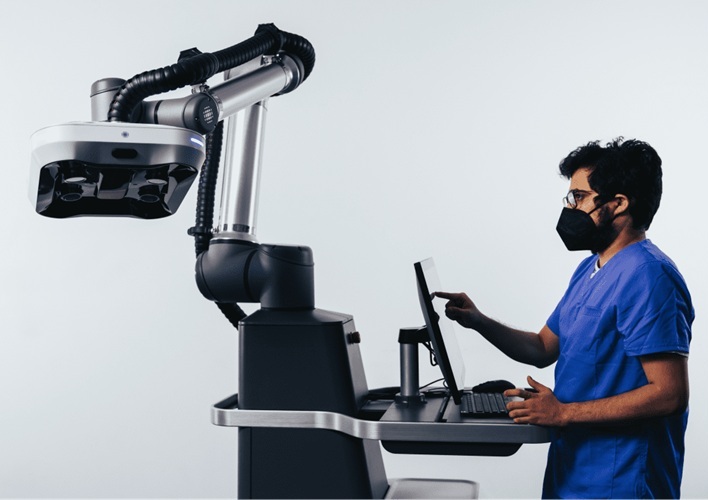
World's First AI Surgical Guidance Platform Allows Surgeons to Measure Success in Real-Time
Surgeons have always faced challenges in measuring their progress toward surgical goals during procedures. Traditionally, obtaining measurements required stepping out of the sterile environment to perform... Read morePatient Care
view channel
Portable Biosensor Platform to Reduce Hospital-Acquired Infections
Approximately 4 million patients in the European Union acquire healthcare-associated infections (HAIs) or nosocomial infections each year, with around 37,000 deaths directly resulting from these infections,... Read moreFirst-Of-Its-Kind Portable Germicidal Light Technology Disinfects High-Touch Clinical Surfaces in Seconds
Reducing healthcare-acquired infections (HAIs) remains a pressing issue within global healthcare systems. In the United States alone, 1.7 million patients contract HAIs annually, leading to approximately... Read more
Surgical Capacity Optimization Solution Helps Hospitals Boost OR Utilization
An innovative solution has the capability to transform surgical capacity utilization by targeting the root cause of surgical block time inefficiencies. Fujitsu Limited’s (Tokyo, Japan) Surgical Capacity... Read more
Game-Changing Innovation in Surgical Instrument Sterilization Significantly Improves OR Throughput
A groundbreaking innovation enables hospitals to significantly improve instrument processing time and throughput in operating rooms (ORs) and sterile processing departments. Turbett Surgical, Inc.... Read moreHealth IT
view channel
Printable Molecule-Selective Nanoparticles Enable Mass Production of Wearable Biosensors
The future of medicine is likely to focus on the personalization of healthcare—understanding exactly what an individual requires and delivering the appropriate combination of nutrients, metabolites, and... Read more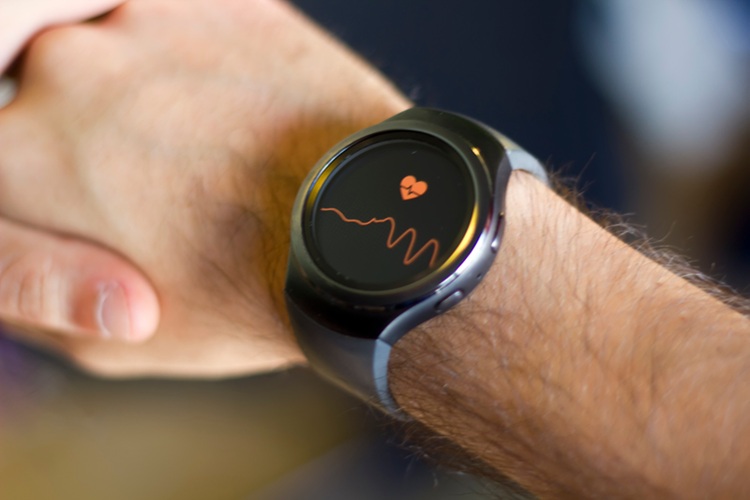
Smartwatches Could Detect Congestive Heart Failure
Diagnosing congestive heart failure (CHF) typically requires expensive and time-consuming imaging techniques like echocardiography, also known as cardiac ultrasound. Previously, detecting CHF by analyzing... Read moreBusiness
view channel
Expanded Collaboration to Transform OR Technology Through AI and Automation
The expansion of an existing collaboration between three leading companies aims to develop artificial intelligence (AI)-driven solutions for smart operating rooms with sophisticated monitoring and automation.... Read more








